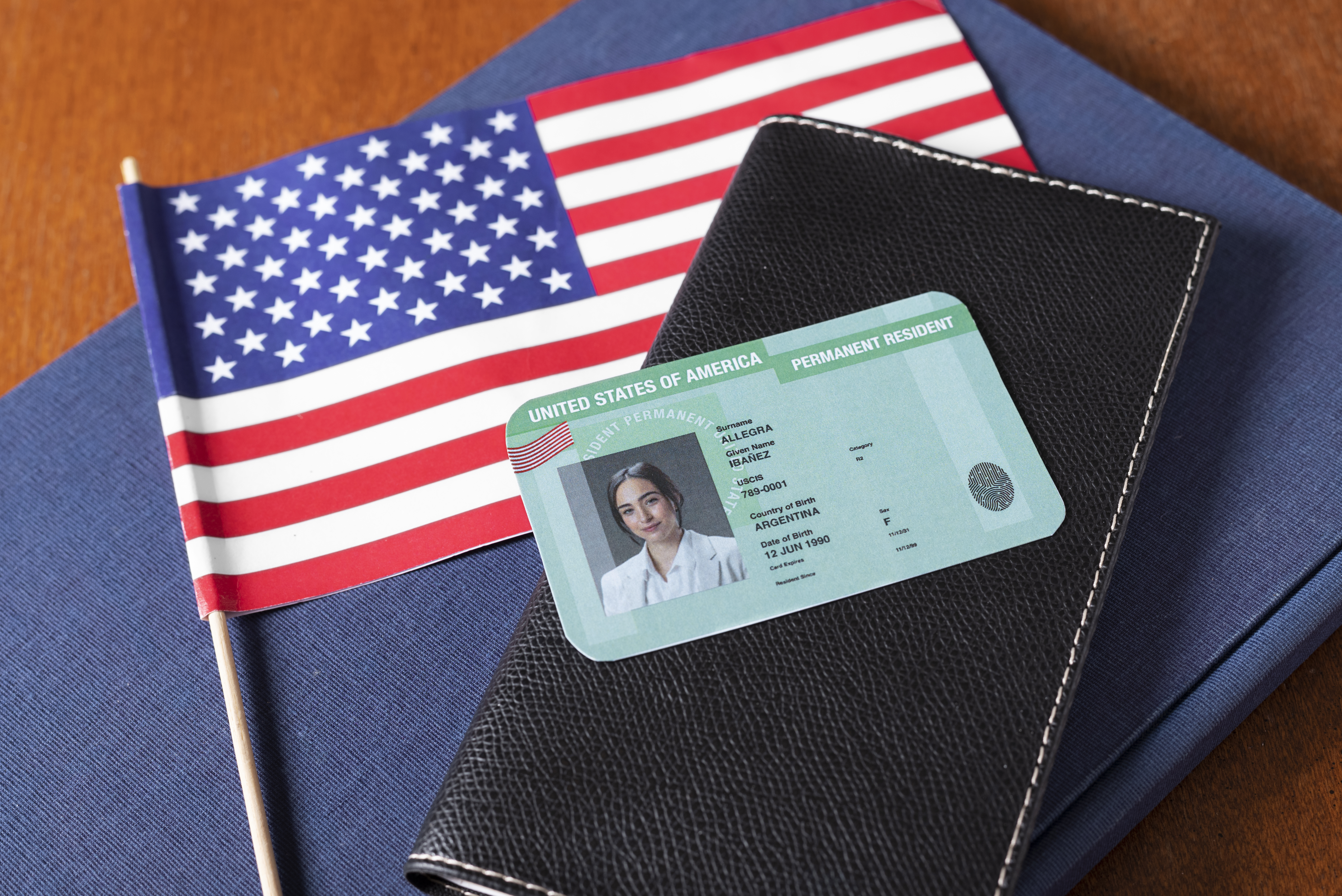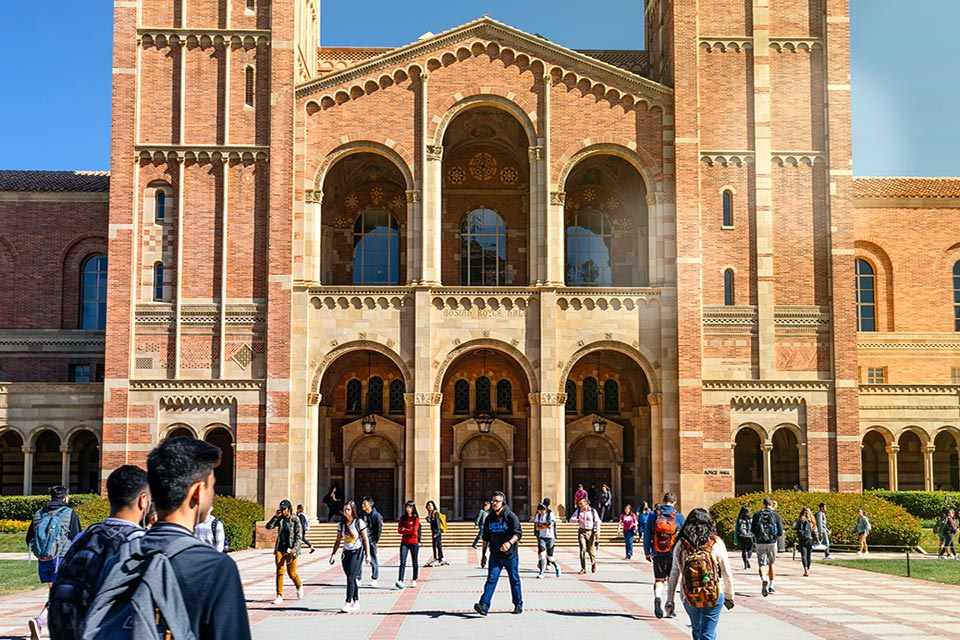In 2022 nearly 950,000 students from 200 different countries enrolled in US universities, making the country a popular choice for international students. The US has consistently ranked as the top country for education in global surveys, with frequent recognition from U.S. News and World Report. It has also maintained a leading position in the “World’s Best Universities” rankings for decades.
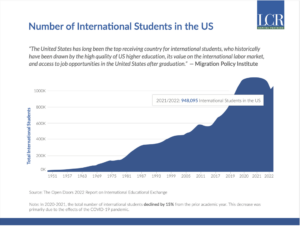
However, there are significant hurdles within the US student visa process. This blog will take you through the challenges of US student visas and the EB-5 visa as a solution.
What are the challenges that come with the US student visa process?
Several visa options are available for students who want to study and stay in the US. While F-1 and H-1B visas are the most commonly sought-after, they have many restrictions and uncertainties:
1) The F-1 US student visa limits the number of hours students can work outside the campus
The U.S. Citizenship & Immigration Services (USCIS) only allows 20 hours of work outside the campus during a semester and none during the first academic year. Suppose an international student finds a paid internship or entry-level job that requires more than 20 hours a week (as many do). In that case, they must turn it down and resort to on-campus jobs that may not be related to their area of interest or unpaid opportunities that do not require approval from a Designated School Official (DSO) for a Curricular Practical Training (CPT).
2) The Optional Practical Training (OPT) programme in the US is short
OPT, a temporary employment period for college graduates to find full-time employment, only lasts one year, except for STEM graduates, who can apply for an additional two years. After this, international students must transition to an H-1B visa. Many online job postings in the US ask candidates whether they require H-1B visa sponsorship at the time of application. If a job applicant checks “yes”, their resume is discarded by an automated software, even before being reviewed by a hiring manager.
3) The H-1B US visa is a game of chance
In 2022, while there were 484,000 applications, USCIS issued only 85,000 H1-B visas. Meaning only 18 percent of applicants got their visas. Furthermore, the US uses a random lottery system to select H-1B applicants for approval. So, even if someone has excellent qualifications, their visa application may get rejected. Therefore, the future of students who have invested years of study in the US, hoping to continue the lives they have built, are at the mercy of a lucky draw.
Assuming someone gets their H-B1 visa, they can only stay in the US for six years, after which they must either begin the application process again or apply for a different visa. Also, H-1B visa holders can only work in a job directly related to their field of study. If they discover a new passion or interest, they must link it to their study specialisation.
4) Difficulty in finding jobs without a Green Card
While startups offer young professionals exciting and valuable learning opportunities, most do not have the infrastructure to sponsor work visas. Similarly, for entrepreneurial immigrants who dream of starting their businesses, it is near impossible to do so without a Green Card.
What is the EB-5 visa, and why is it the best way to get a Green Card?
The EB-5 Investor Visa Program is an often overlooked but straightforward option to secure a US Green Card within two to three years. It enables qualified international investors and their immediate families (spouses and children up to the age of 21) to get US Green Cards. This 33-year-old US Federal Government-regulated programme is a direct path to permanent residency through an investment.
How much does the EB-5 visa cost?
Those looking to apply for the EB-5 visa must invest $800,000 into a US-based business, which creates at least 10 full-time American jobs. As with most things in life, the cost reflects the value of the return. Regulatory, legal, and administrative expenses can add up to a running total of about $90,000, over the $800,000 minimum investment requirement. However, when done through an experienced and knowledgeable advisor, such as LCR Capital Partners, the likelihood of spending all that money in vain is extremely low.
What are the advantages of the EB-5 visa and Green Card?
The EB-5 visa offers significant advantages over other visa types. Here are some of them:
- It is one of the fastest ways to obtain a US Green Card and eliminates the need for any company or employer to sponsor your visa.
- Unlike F-1 and H-1B, EB-5 US visa or Green Card holders can work anywhere in the US, even if it is unrelated to their field of study. They are free to work for a start-up or start a business!
- Green Card holders are not considered as international students. If they apply to a college within the state they reside in, they could take advantage of in-state tuition rates that are much lower than those for out-of-state students.
- Green Card holders also often receive higher salaries as compared to their visa-requiring counterparts.
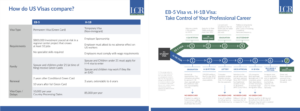
How long does it take to get a Green Card via the EB-5 visa from India?
A conditional Green Card is issued within the first two to three years of completing the EB-5 application. After two years of lawful residency, a second application can be made for a permanent Green Card. At this time, the applicant will receive their investment back from the project. After five years of lawful permanent residency, individuals can apply for US citizenship.
Interestingly, if the EB-5 applicant is already in the US on another valid visa, they can simultaneously apply for a work permit and secure it within three-to-six months! It’s a complete game-changer for international students and professionals already in the country.
Here’s the approximate timeline and process to secure a conditional Green Card:
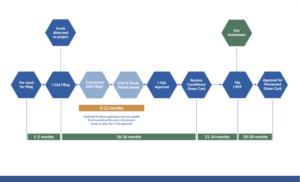
What is success rate of EB-5 Investor Visa approvals?
Between 2016 to 2021, over 41,000 families used the EB-5 Program to obtain permanent residency in the US, with over 80 percent of initial filings approved by the USCIS. Note that 2020 and 2021 were impacted by processing delays due to Covid-19 and EB-5 lapse
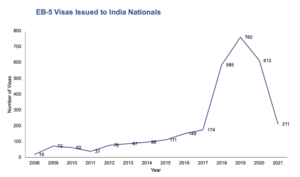
Source: US Department of State numbers analysed by LCR Capital Partners.
Whether you are pursuing undergraduate studies, a master’s, or an MBA programme, life in the US after graduation isn’t easy. The stress of finding your first job, compounded by the fear of losing your place in the country you now call home, is stressful. “Immigration anxiety” is a well-known affliction in the US. The EB-5 visa mitigates this feeling of uncertainty. It is a valuable investment that brings peace of mind. If you’re concerned about making such a massive investment, remember that the price tag isn’t for the visa but for the assurance of a high-quality life in the US.
LCR Capital Partners is a private investment and advisory services company headquartered in Westport, Connecticut. LCR is focused on select Alternative Residency programs for HNI and UHNI families and specialises in the US EB-5 program. Since its inception, LCR has helped over 1,000 UHNI/HNI clients with Immigrant Investors Programs, raising over $300Mn in funding across 30+ countries. LCR’s affiliate companies offer US mortgage and wealth management solutions for both US domestic and international investors.

